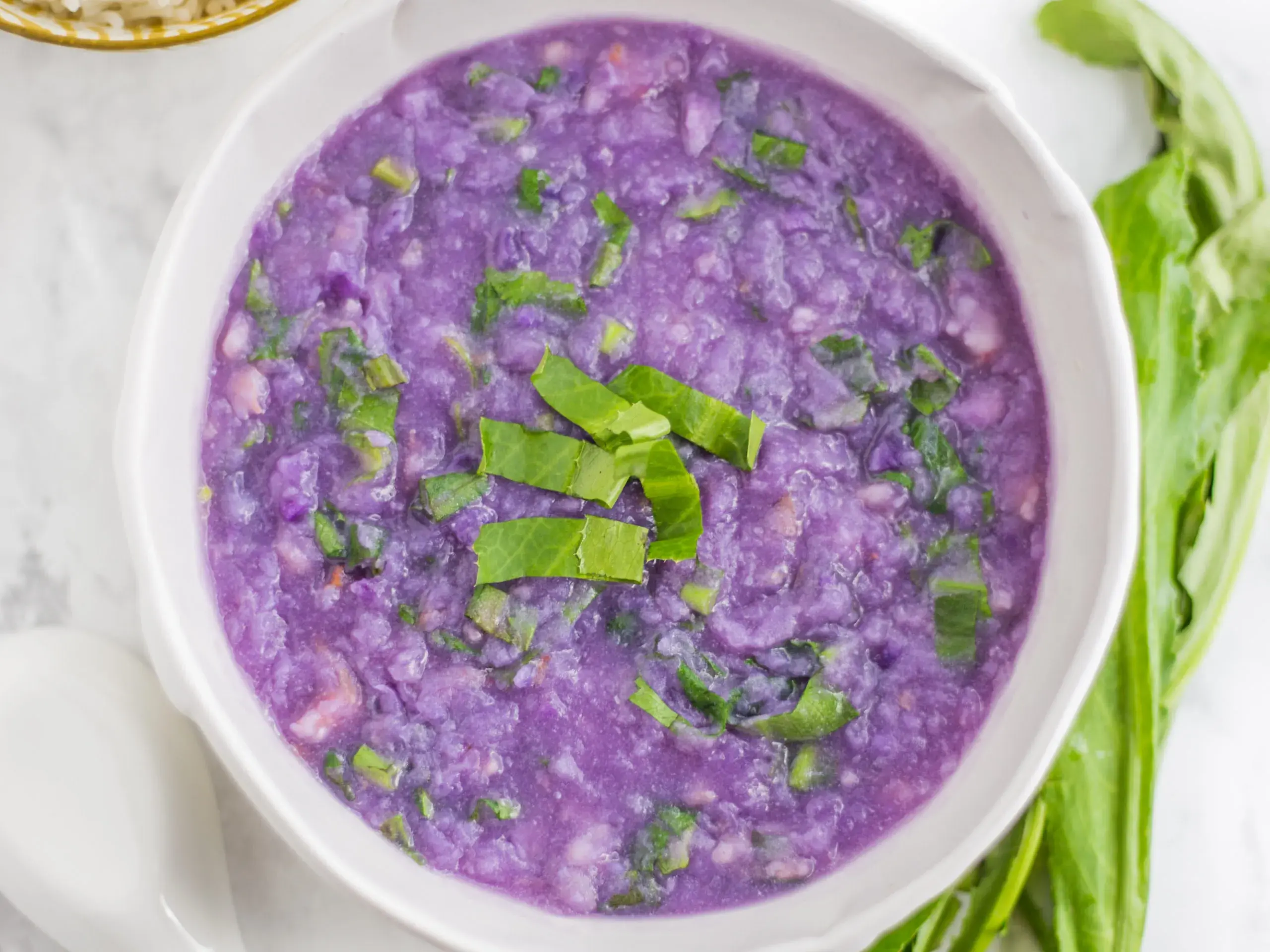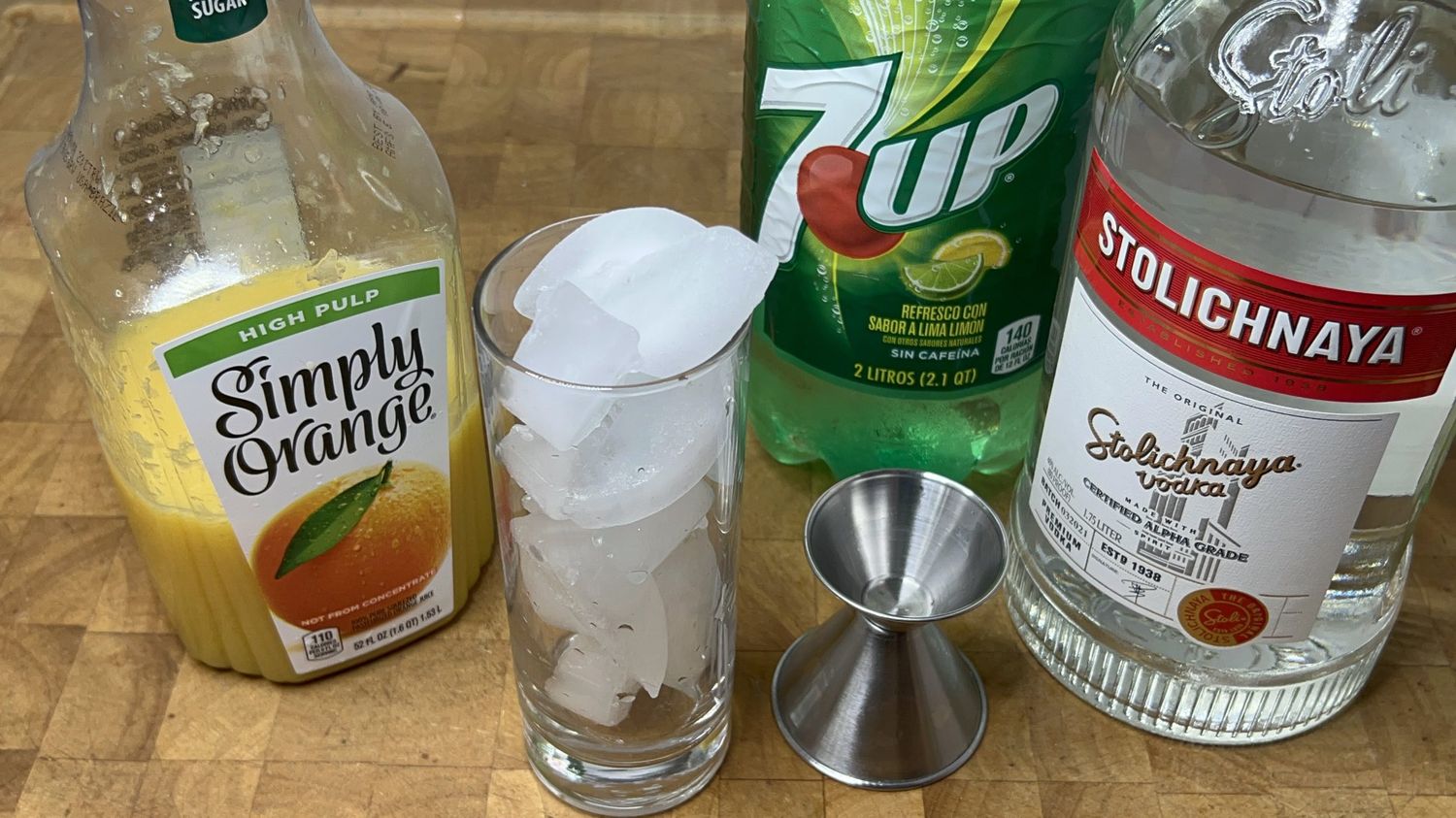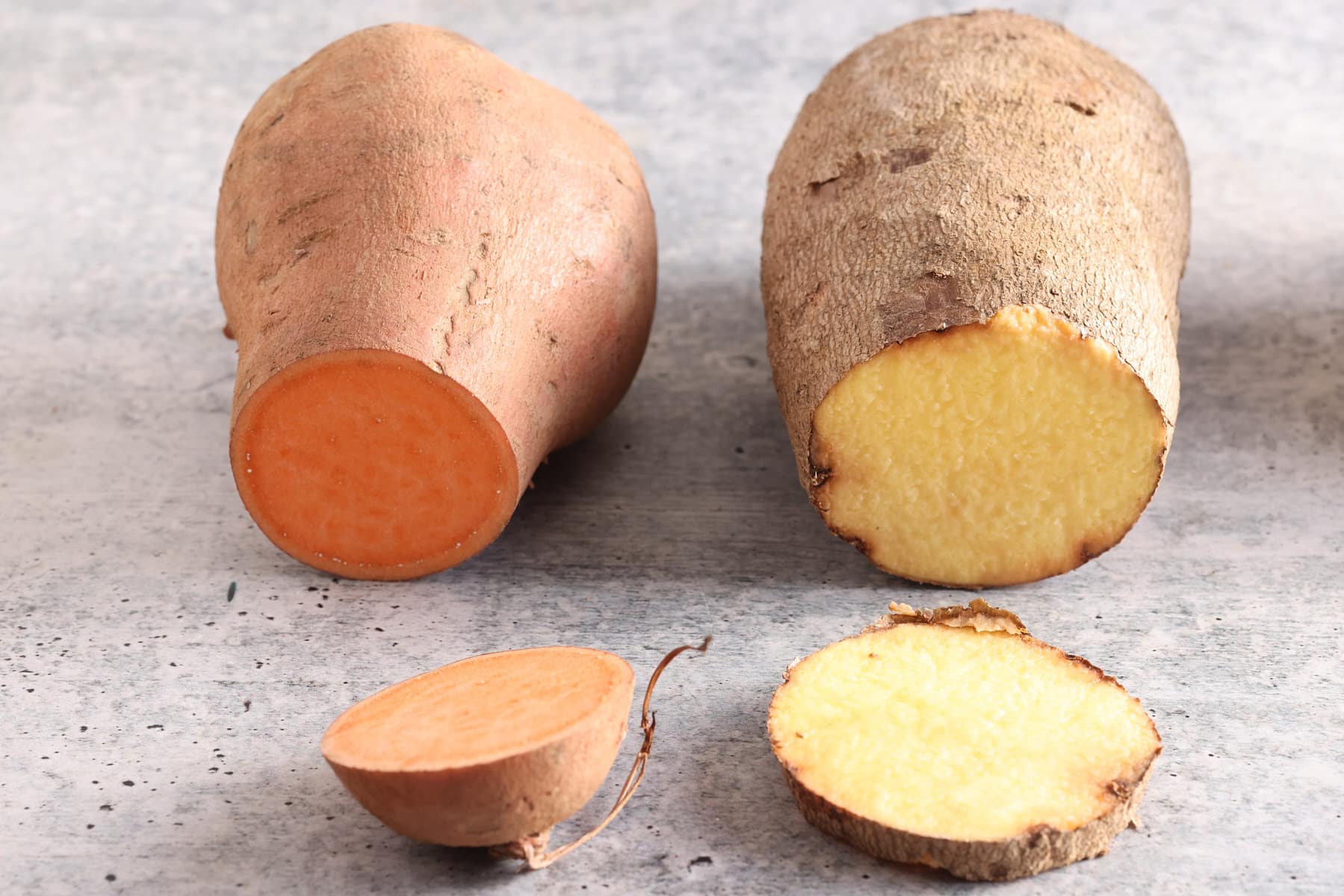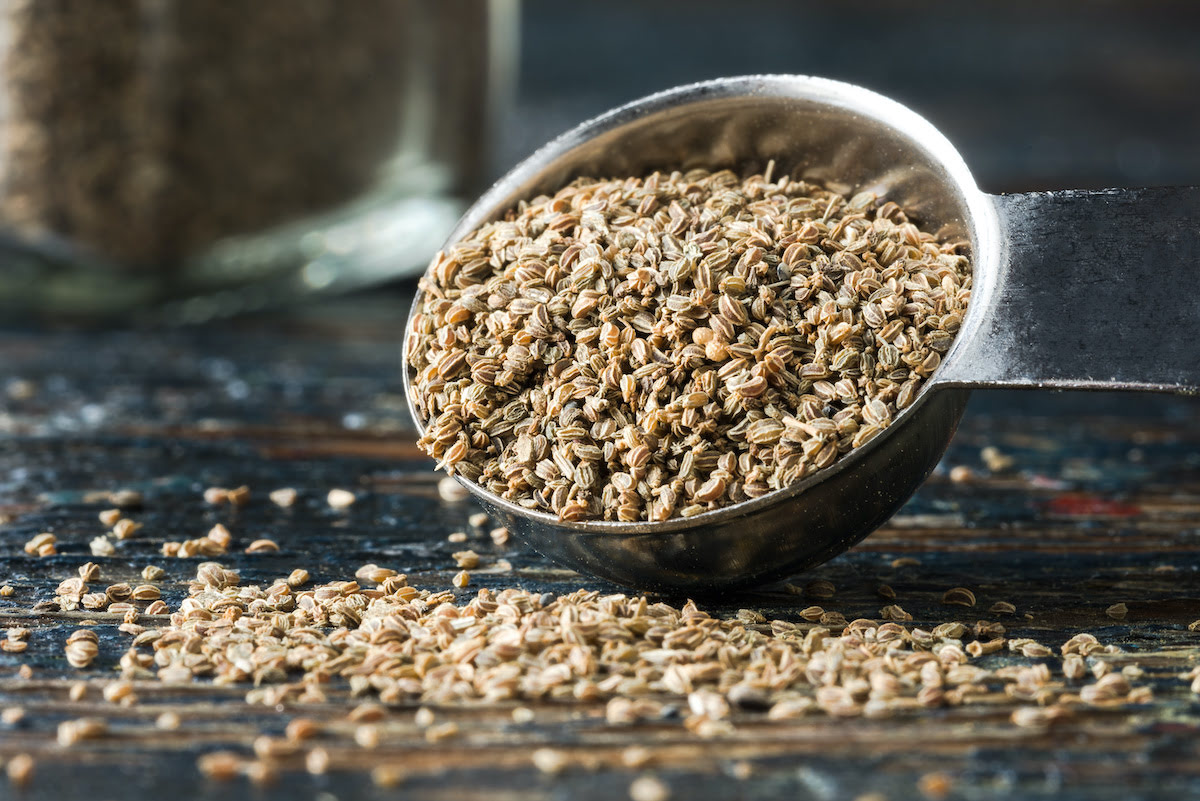Understanding Catsup: A Classic Condiment
When it comes to condiments, catsup is a staple in many households. This tangy, sweet, and savory sauce is a versatile addition to a wide range of dishes, from burgers and hot dogs to fries and eggs. But what exactly is catsup, and how is it different from other condiments like ketchup and tomato sauce? Let’s dive into the world of catsup and uncover its origins, ingredients, and culinary uses.
Origins of Catsup
The history of catsup dates back to ancient times, with early versions of the condiment being used in Chinese cuisine. The original catsup was a fermented fish sauce, which eventually made its way to Europe and the Americas through trade routes. Over time, the recipe evolved to include ingredients like mushrooms, walnuts, and eventually tomatoes, leading to the catsup we know today.
Ingredients
Catsup typically contains a blend of tomatoes, vinegar, sugar, salt, and various spices. The exact ingredients can vary depending on the brand and recipe, but the combination of sweet, tangy, and savory flavors is what sets catsup apart from other condiments. Some catsup varieties may also include additional ingredients like onions, garlic, or chili peppers to enhance the flavor profile.
Culinary Uses
One of the reasons catsup has remained popular for centuries is its versatility in the kitchen. Here are some common culinary uses for catsup:
- Dipping Sauce: Catsup is often used as a dipping sauce for fries, onion rings, and other fried foods.
- Burger and Hot Dog Topping: Catsup is a classic topping for burgers and hot dogs, adding a burst of flavor to the savory meats.
- Ingredient in Recipes: Catsup can be used as an ingredient in various recipes, such as meatloaf, barbecue sauce, and marinades.
- Flavor Enhancer: Catsup can be used to add depth and complexity to soups, stews, and casseroles.
Catsup vs. Ketchup vs. Tomato Sauce
While the terms catsup, ketchup, and tomato sauce are often used interchangeably, there are some subtle differences between these condiments. Catsup is typically sweeter and tangier than ketchup, which tends to have a thicker consistency and a more pronounced tomato flavor. Tomato sauce, on the other hand, is a cooked and seasoned puree of tomatoes, often used as a base for pasta sauces and soups.
Conclusion
Catsup may have a long and storied history, but its appeal remains timeless. Whether you’re slathering it on a burger, using it as a base for barbecue sauce, or simply enjoying it as a dipping sauce, catsup adds a burst of flavor to any dish. So the next time you reach for a bottle of catsup, take a moment to appreciate the rich culinary heritage behind this beloved condiment.
With its blend of sweet, tangy, and savory flavors, catsup is a versatile addition to a wide range of dishes, from burgers and hot dogs to fries and eggs.
Was this page helpful?
Read Next: What Is Cali-Style Tacos











